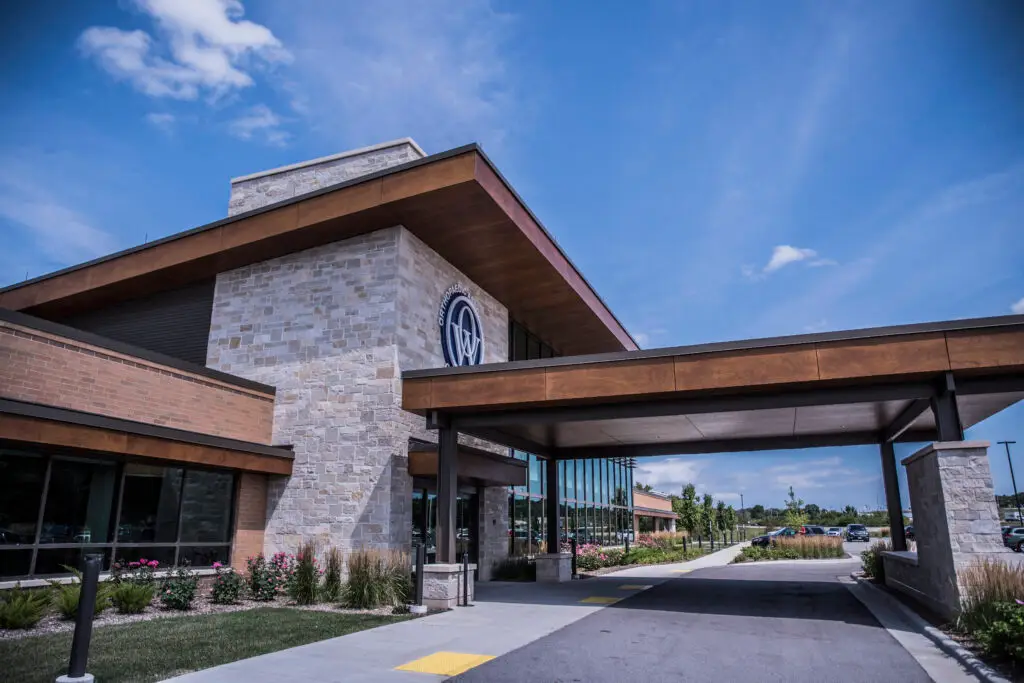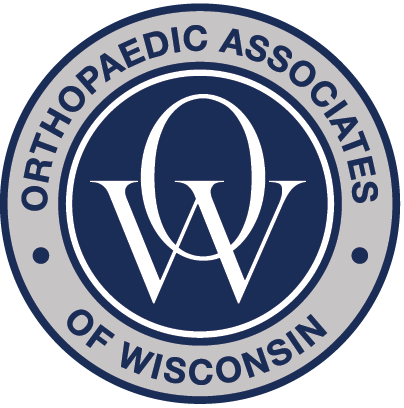Patellar/Knee Cap Instability
Chronic kneecap dislocations can sideline athletes and impact everyday movement — but surgical solutions offer lasting relief.
Patellar instability refers to a condition where the kneecap (patella) moves out of its normal position. It most commonly involves a partial or complete kneecap dislocation, often occurring during athletic activity or a twisting injury. This condition is especially common among teenagers, young adults, and athletes.
When the kneecap slips out of place repeatedly, it can lead to chronic pain, instability, cartilage damage, and a loss of confidence in the knee. If left untreated, it may also contribute to early arthritis and long-term mobility issues.
What Is Patellar Instability?
The kneecap usually sits in a groove at the end of the thigh bone (femur) and glides smoothly as the knee bends and straightens. Several structures help stabilize the patella, including ligaments, bone alignment, and the shape of the femoral groove. When these stabilizing structures are damaged or misaligned, the kneecap may begin to shift or dislocate.
Common Causes of Patellar Instability
Traumatic injury, such as a direct blow or twisting motion
Shallow femoral groove (trochlear dysplasia)
Loose or stretched ligaments
High-riding kneecap (patella alta)
Family history of knee instability
Symptoms of Kneecap Instability
Sensation of the kneecap “popping out” or shifting
Pain in the front of the knee, especially during activity
Swelling or bruising after a dislocation
Difficulty walking, squatting, or going down stairs
Decreased confidence in the stability of the knee
Surgical Treatment Options for Patellar Instability
Surgical intervention may be recommended for patients with recurrent dislocations or structural issues. Several advanced procedures are available to restore the kneecap’s proper alignment and function.
MPFL Reconstruction
The medial patellofemoral ligament (MPFL) is the primary restraint that prevents the kneecap from shifting outward. When this ligament is torn during a dislocation, it often does not heal properly. MPFL reconstruction involves using a graft to recreate the damaged ligament and restore medial stability.
Tibial Tubercle Osteotomy (TTO)
A tibial tubercle osteotomy can be performed in cases where the kneecap tracks abnormally due to poor alignment. This procedure repositions the bony attachment of the patellar tendon to shift the kneecap into a more stable location. The goal is to reduce pressure on the cartilage and prevent further dislocations.
Trochleaplasty
Some patients are born with a shallow or misshapen femoral groove known as trochlear dysplasia. Trochleaplasty is a specialized procedure that reshapes and deepens this groove, allowing the kneecap to sit more securely during movement.
Recovery and Rehabilitation
Recovery from patellar instability surgery typically involves:
Initial rest and bracing to protect the surgical repair
Physical therapy to regain strength, flexibility, and range of motion
Gradual return to activity, usually between 4 to 6 months
Return to sports with surgeon clearance, often around 6 to 9 months
A personalized rehab program is essential for long-term success. Working closely with your surgeon and physical therapist helps ensure a safe and strong return to your normal activities.
Preventing Future Dislocations
Strengthen the quadriceps and core muscles
Focus on balance and neuromuscular control
Avoid high-risk movements until cleared by your care team
Monitor symptoms and seek early evaluation if instability recurs
OUR SPORTS MEDICINE SPECIALISTS
Ljiljana Bogunovic, MD
Specialties:
Hip, Knee, Shoulder, Sports Medicine
Jon M. Englund, MD
Specialties:
Sports Medicine, Knee, Hip, Shoulder, Spine, Foot & Ankle, Elbow, Hand & Wrist
Steven J. Merkow, MD
Specialties:
Hip, Knee, Shoulder & Sports Medicine, Joint Replacement (Hip & Knee)
Thomas B. Viehe, MD
Specialties:
Knee, Shoulder, Sports Medicine, Foot & Ankle
Hongsheng Zhu, MD, Ph.D
Specialties:
Foot, Ankle, Knee & Sports Medicine, Joint Replacement (Knee & Ankle)
Ready to Take the Next Step Toward Relief?
If you’re experiencing foot or ankle pain, discomfort, or limited mobility, our orthopedic specialists are here to help. With advanced diagnostic tools and personalized treatment plans, we’re committed to getting you back on your feet. Request an appointment today and take the first step toward feeling better.








